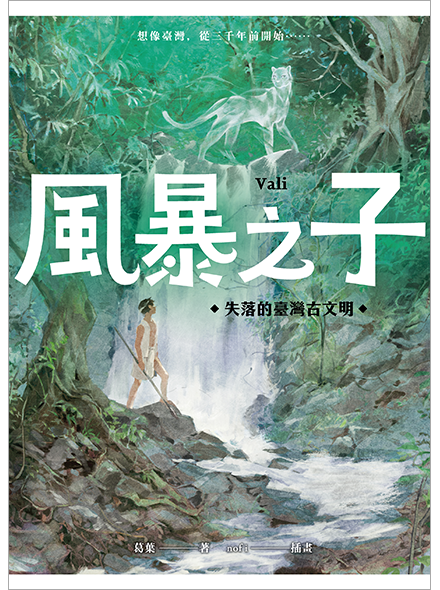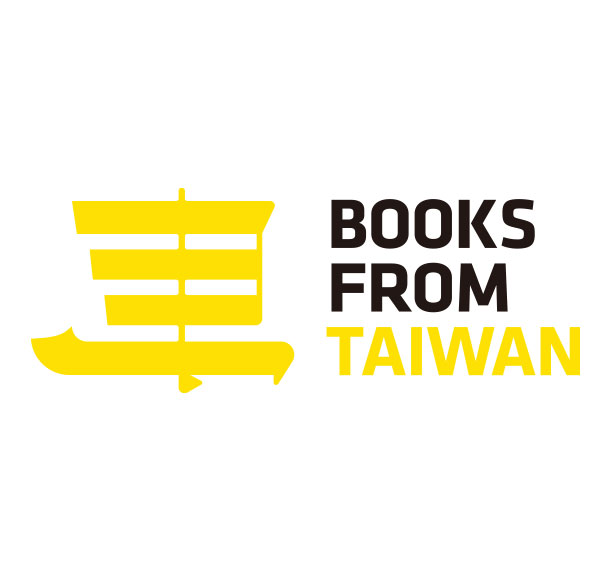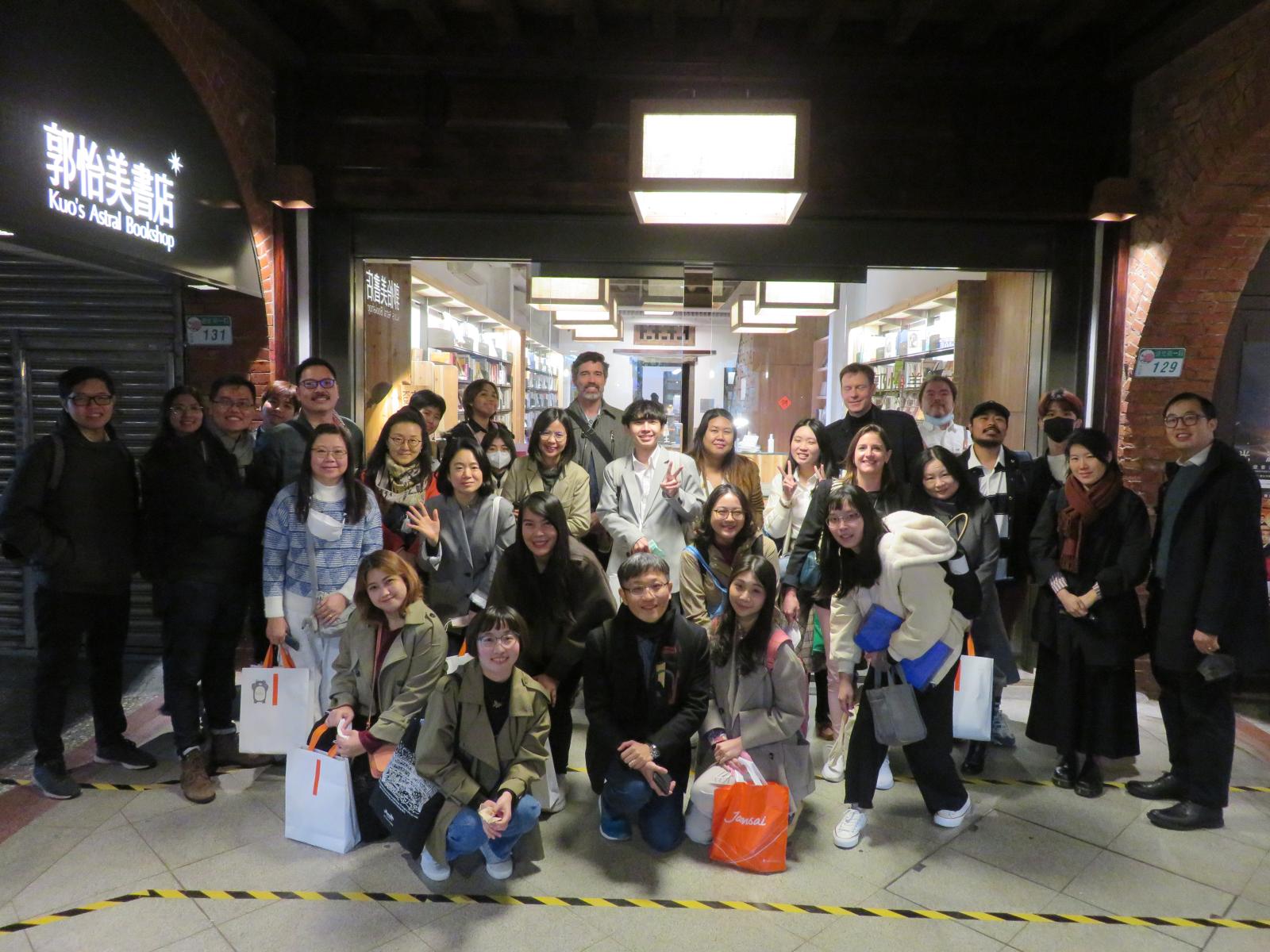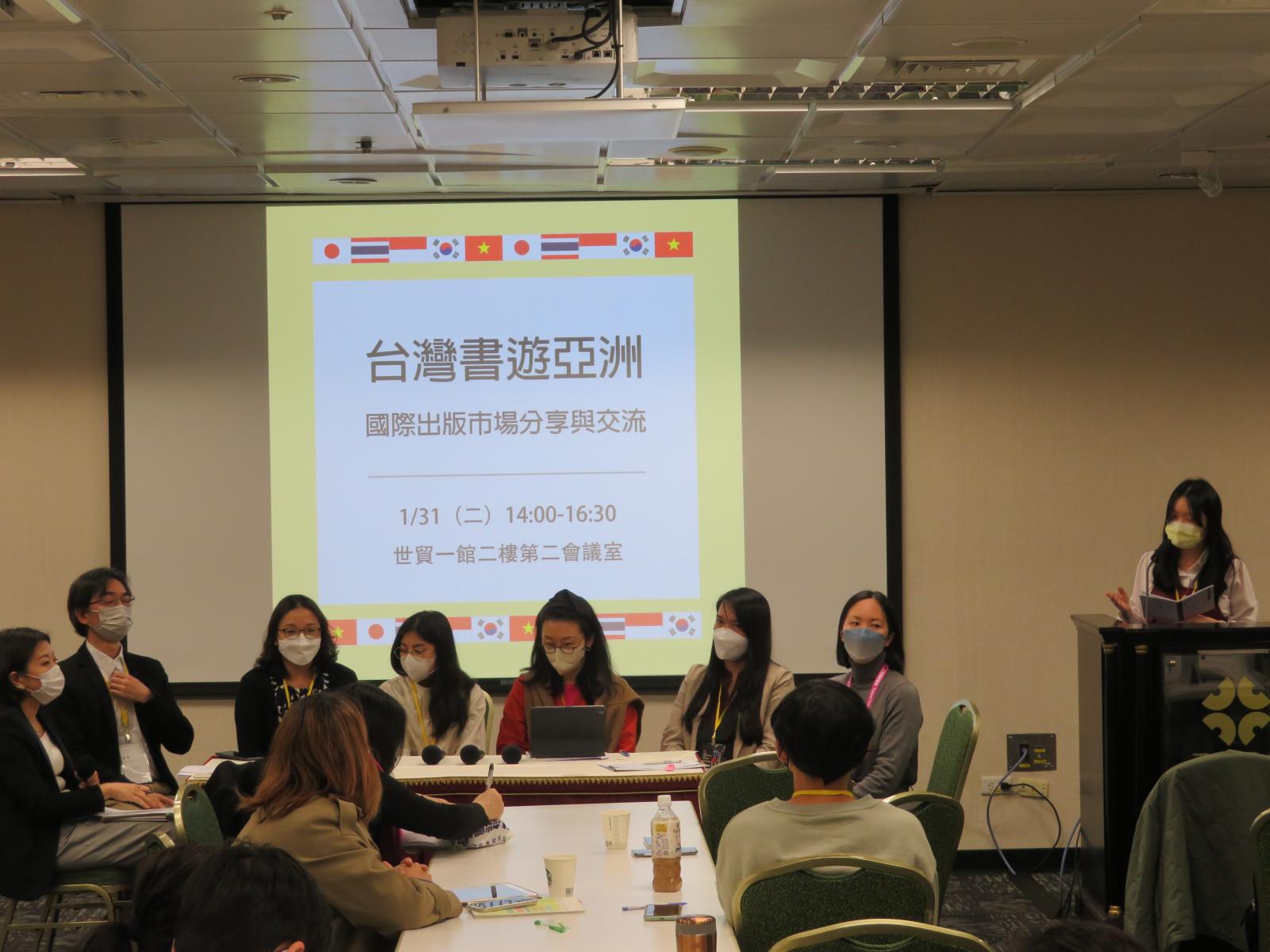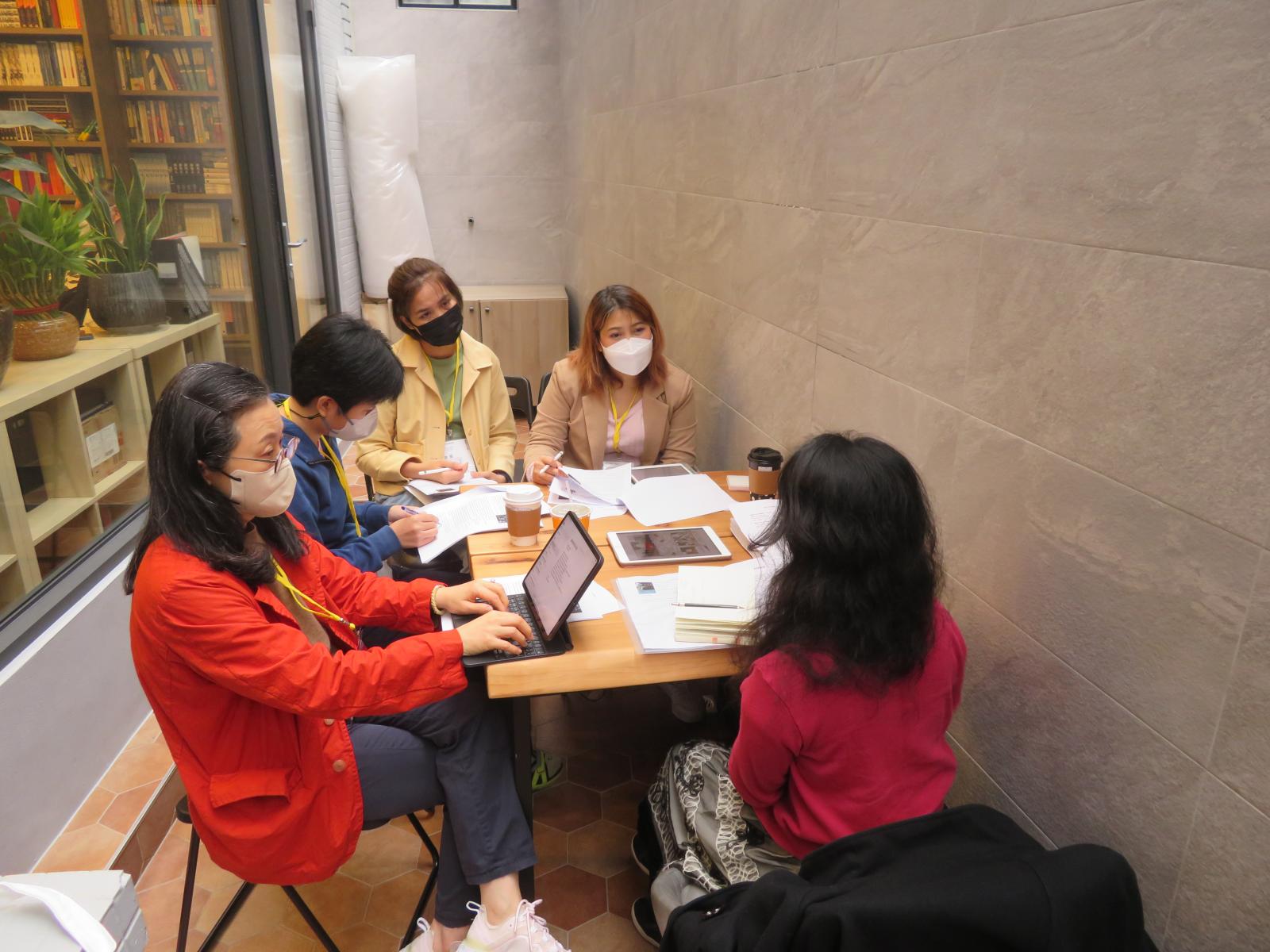Before We Were Monsters (Monsters) is in three parts. In the first part the protagonist Eve Yang, a crime scene cleaner with a preternaturally sensitive nose and a kink for decomposing blood and gore, deduces that a serial killer who signs each scene of the crime with a scent, a perfume called Madame Rochas, killed her brother Hans.
In the second part Eve forms a friendship with Cheng Chun-chin (a.k.a. Triple C), Taiwan’s most infamous serial killer, who helps her develop her olfactory talent, encourages her to aestheticize (and eroticize) violent crime, as if murderers are artists, and murder an art, and leads her into a confrontation with a colleague of hers who happens to be a serial killer, just not the one responsible for her brother’s murder.
In the third part Eve finally finds her brother’s killer only to realize that 1. Hans committed suicide but that 2. his killer “led him to the edge with scent” and that 3. the killer was acting on orders from his mother. The last paragraph of the novel, in a twist that I was not expecting, finally brings Eve face to face with the mastermind.
Each part switches back and forth between two narrators, a third-person narrator who is associated with but not entirely limited to Eve’s perspective and a first-person narrator who turns out to be her brother’s killer, though his identity remains concealed until well into the third part.
Monsters is explicitly intertextual, identifying its inspirations and influences with passing references, allusions, and quotations. The author grew up reading Detective Conan, Arsène Lupin, and Sherlock Holmes, and she has drawn on Alfred Hitchcock’s Psycho, David Cronenberg’s Dead Ringers, Patrick Süskind’s Perfume: The Story of a Murderer, Mathieu Kassovitz’s Hatred, and Janne Teller’s Nothing in the creation of this novel.
This is not to say that Monsters is entirely based on the author’s imaginative reading of classics of genre fiction and film. She did her homework, by interning with a police investigator and by apprenticing to a crime scene cleaner and then to a forensic pathologist. The buzz that Eve gets cleaning up blood and gore is apparently a thing many cleaners experience. Monsters is as a result to some extent a C.S.I. procedural. To me it is compelling, and not derivative. Eve is a poignant anti-hero, a girl you can feel pity for, even shed tears for, as she’s getting ready to do something reprehensible. And Monsters is not just another work of genre fiction.
The title Before We Were Monsters implies that traumatic childhoods can turn us into monsters of one kind or another. But the author doesn’t seem progressive, as if a reform in childrearing would turn the potential monsters into altruists. Rather, she encourages the reader to regard the source of monstrosity as the pressures of adulthood, which she puts in evolutionary perspective. After all, any adult carnivore, or even omnivore, has to do some pretty monstrous things to survive. So it is in Monsters, in which Eve, who has lost her brother, is identified with Talequah, a killer whale cow, who has lost her calf. Talequah bookends the novel, by appearing in a television documentary that Eve overhears as she is getting ready to go to work and then in the fantasy she indulges, in some of the most beautiful writing in the novel, as she is recuperating in hospital after a trial by fire. Eve identifies with Talequah not just because she is bereaved but also because she is a predator. Talequah has to feed herself and her young by violence, while Eve’s predation is sublimated into an obsession with hunting down her brother’s killer – her prey – and taking revenge.
The novel is for a mature audience only, because in addition to all the blood and gore, as well as the cruelty and violence, it features a pederast who kills his victims after raping them. If this were a film it would have to be rated R.
The novel is entirely set in western Taiwan, mostly in and around Taipei, but Eve is from a small city called Miaoli in central Taiwan, and she is not alone. All the main characters are small town girls and boys who try to make it in the big city. This was a common plot type in Taiwan, as novelists of the 1970s and 1980s reflected on the social and psychological consequences of the economic miracle. It has analogues in fiction from around the world, and should not be unfamiliar to readers of English language fiction. Here it is used to good effect in memorable descriptions of the sights and sounds of Yongho, the hardscrabble and strong-smelling suburb of Taipei where Eve settles down.
Monsters is compulsive reading. I finished it to see if Eve would 1. have any more hot sex with, or get back together with, her doggedly devoted boyfriend Howard, 2. get herself murdered by Triple C, who notes that Eve’s surname Yang suggests that she is a sacrificial lamb, or 3. avenge her brother Hans’s death. In the end, only one of these things ended up happening, but I found the ending satisfying. Overall, Monsters is an intelligent, gutsy, sometimes thrilling reflection on the contemporary human condition by a promising young writer.

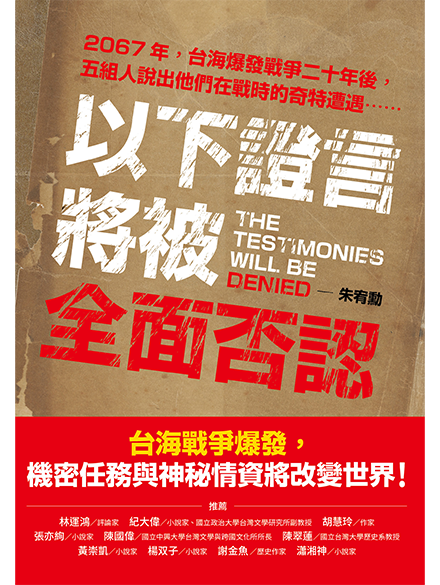
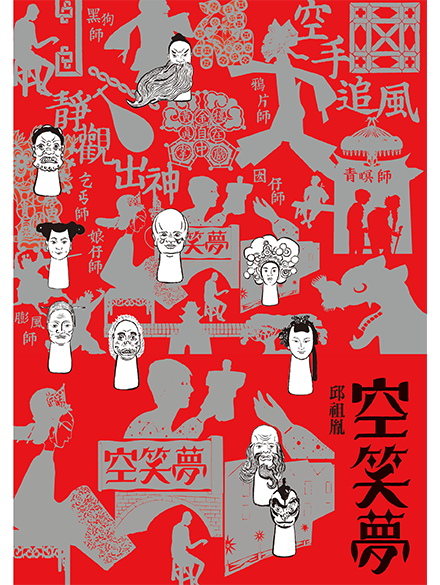
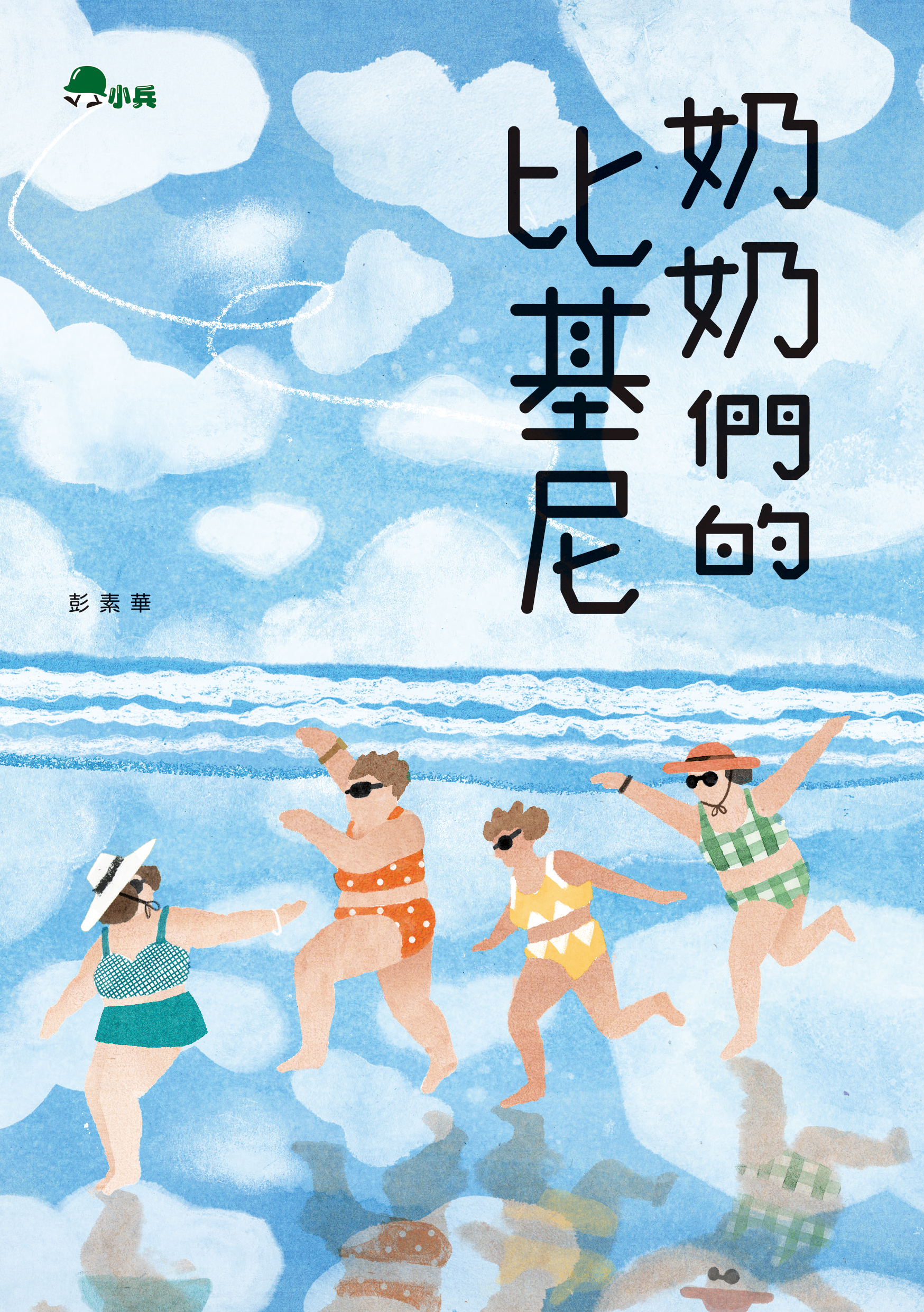
.jpg)
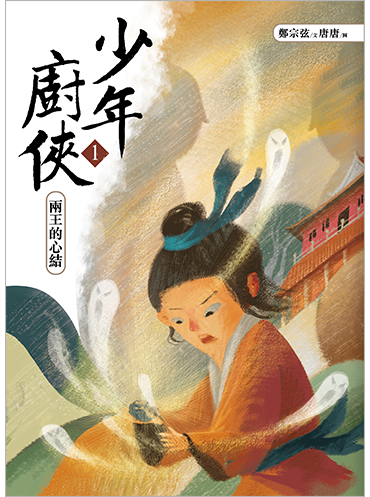
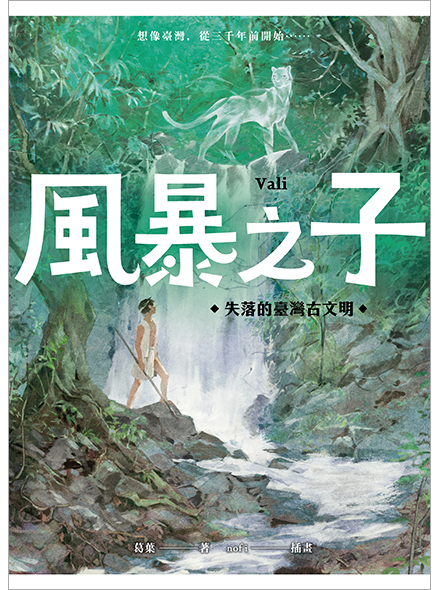
.jpg)
